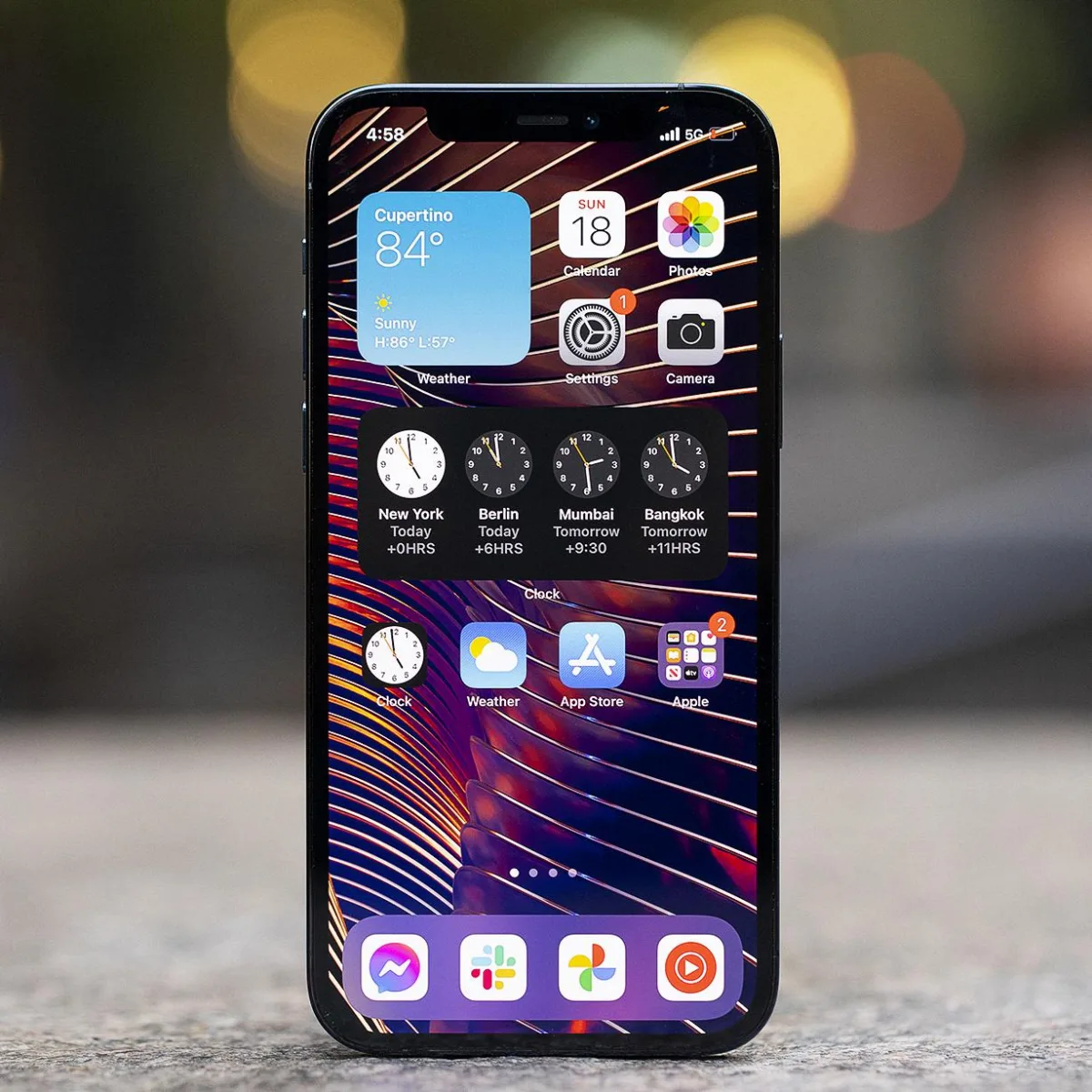
The iPhone 12 boasts impressive features and cutting-edge technology. However, one aspect that often raises concerns among consumers is the radiation level emitted by this particular model. In fact, the iPhone 12 was briefly banned in France due to smartphone radiation concerns.
In this article, we will delve into the safety of the iPhone 12 and provide you with the information you need to make an informed decision.
When it comes to measuring the radiation level of smartphones, the Specific Absorption Rate (SAR) metric is the industry standard. SAR is a measure of the rate at which energy is absorbed by the human body when exposed to radio frequency electromagnetic fields.
The SAR test uses mannequins filled with a special gel-like liquid that absorbs radiation and heats up similarly to human tissue.
Different countries have different limits for allowed radiation emissions by smartphones. It is measured in watts per kilogram (W/kg).
In countries that set the SAR limit averaged over 1 gram of tissue, the maximum allowable SAR level is 1.6 W/kg. On the other hand, in countries that set the limit averaged over 10 grams of tissue, the maximum allowable SAR level is 2.0 W/kg. It is essential to note that the lower the SAR value, the lower the radiation emitted by the device.
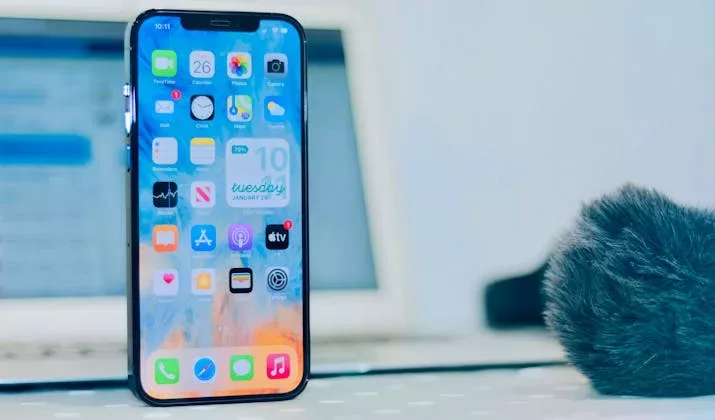
The iPhone 12 series, which includes the iPhone 12, iPhone 12 Mini, iPhone 12 Pro, and iPhone 12 Pro Max, has been tested for SAR levels. According to the current information available, the SAR values for these devices are within the acceptable limits set by regulatory authorities.
There was a time, though, when the iPhone 12 was banned in France because it didn’t meet acceptable SAR levels. However, Apple resolved the issue in a software update, and France once again allowed iPhone 12 sales to resume by lifting the ban.
It is important to note that SAR values can vary depending on a variety of factors, including network conditions, distance from the device, and usage patterns.
In conclusion: The iPhone 12 series, including the iPhone 12, iPhone 12 Mini, iPhone 12 Pro, and iPhone 12 Pro Max, have SAR values that fall within the acceptable limits set by regulatory authorities.
Understanding Specific Absorption Rate (SAR)
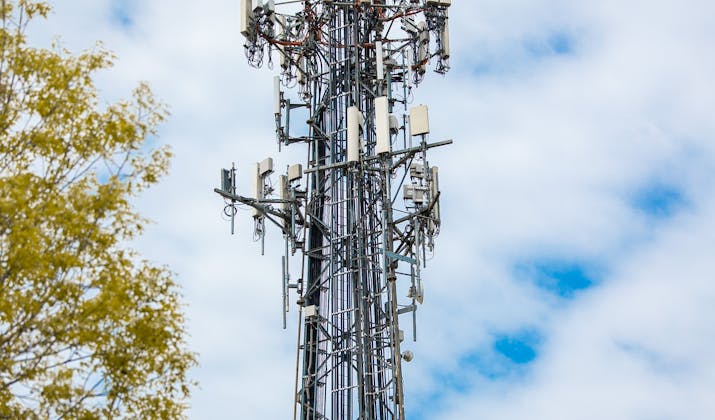
The SAR (Specific Absorption Rate) is a metric used to determine how much radiation the body absorbs from a device such as an iPhone. Regulatory bodies use this test to determine safety limits for mobile phones and other devices.
There are actually two types of radiation measurements that the SAR test for mobile devices checks for. One measures how much radiation the body absorbs when the phone is held in someone’s hand. The other measures the radiation the body absorbs when the phone is kept in someone’s pocket.
Apple’s iPhone 12 radiation levels were deemed acceptable when the phone was kept in a trouser pocket but not when held in the hand. Keeping a phone in your pocket exposes you to less radiation, since there is more of a distance between the phone and your skin.
The iPhone 12’s SAR Value and Safety
The iPhone 12’s SAR value is within the limits set by regulatory authorities. The SAR limit varies depending on the country and how it is measured. Although France banned the iPhone 12, it was only temporarily banned. Once Apple addressed the issue and achieved radiation compliance, France lifted the ban.
In addition, France was the only country to ban the iPhone 12. Other countries, including strict countries, did not ban it. Thus, we can conclude that the iPhone 12 ban was only a precautionary measure, as most countries deemed it to be within acceptable limits.
If you conduct an SAR comparison between the iPhone 12 and other phones, you will find that it is in a similar range.
It is also worth mentioning that the iPhone 12 was the only model banned. The iPhone 12 Mini SAR levels, iPhone 12 Pro SAR levels, and iPhone 12 Pro Max SAR levels were always within acceptable limits. The entire series was not banned; only the iPhone 12 itself was.
That’s because the iPhone 12 Pro’s radiation levels, for example, were always lower than the acceptable limits in France. Only the iPhone 12 itself faced regulatory issues.
Apple fixed the iPhone 12’s radiation levels by releasing a software update. But how does that work?
Radiation levels depend on many factors. If you make a call or use Bluetooth, the phone will have higher radiation emission levels than if it were dormant. That’s because it is actively using radio waves. The software update regulated the usage of radio waves and phone power to decrease the heat and radio emissions of the device.
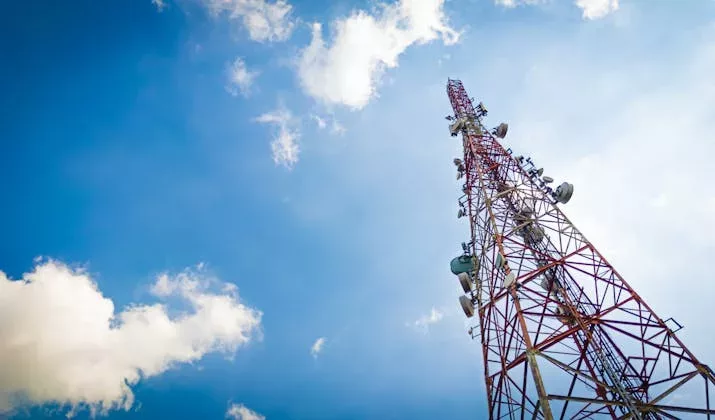
How Do You Check Your iPhone’s SAR Value
To check the SAR (Specific Absorption Rate) value, which represents your iPhone’s radiation level, you can follow these steps to conduct a quick SAR check:
- Open the Phone app on your iPhone.
- In the dial pad, enter the USSD code *#07#.
- Press the call button to initiate the call.
- A menu will appear on your screen, presenting different options related to legal and regulatory compliance.
- Select the option that corresponds to RF Exposure or SAR value.
- A new page will open, displaying information about the SAR value of your iPhone.
- Scroll down on the page to find the SAR value, which indicates the radiation level of your device.
Alternatively, you can go to Settings > General > Legal & Regulatory on your device.
By following these steps, you can easily access and view the SAR value of your iPhone. It is important to note that different iPhone models may have different SAR values.
Reducing Your Exposure to Phone Radiation

As a general rule, you don’t have to worry about radiation exposure when using your iPhone. Not only is it within acceptable limits, but the type of radiation emitted by phones is non-ionizing radiation, which only emits thermal heat but cannot damage cells or cause cancer. It’s not the same type of radiation you get when taking an X-ray, for example, which exposes you to ionizing radiation, which has the potential to cause cancer in large amounts.
Still, here are some phone radiation safety tips. By following these radiation reduction tips, you can ensure safe smartphone use and reduce your exposure to any type of radiation:
- Text instead of making a call.
- Use speaker mode, earphones, or Bluetooth devices and avoid placing your smartphone near your ear or head when on a call.
- Don’t make a call when the signal is weak, because if you do so, your phone will automatically boost the radio frequency transmission power, increasing radiation exposure.
Conclusion
The iPhone 12’s radiation level is within safety limits, as indicated by its Specific Absorption Rate (SAR) value. It is safe to use.
It was only temporarily banned in France as a precautionary measure, but the ban has since been lifted due to a software update by Apple that resulted in lower radiation emissions. Besides, it emits non-ionizing radiation, which has not been conclusively linked to cancer.
If you are looking for a phone with a low radiation level, the iPhone 12 is a great option to consider.
However, it is always advisable to follow responsible phone use guidelines provided by manufacturers and regulatory authorities to minimize potential risks associated with radiation exposure. You can also check your local government’s sites, such as FDA.gov, for radiation resources and tips.

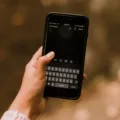


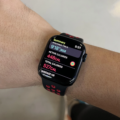

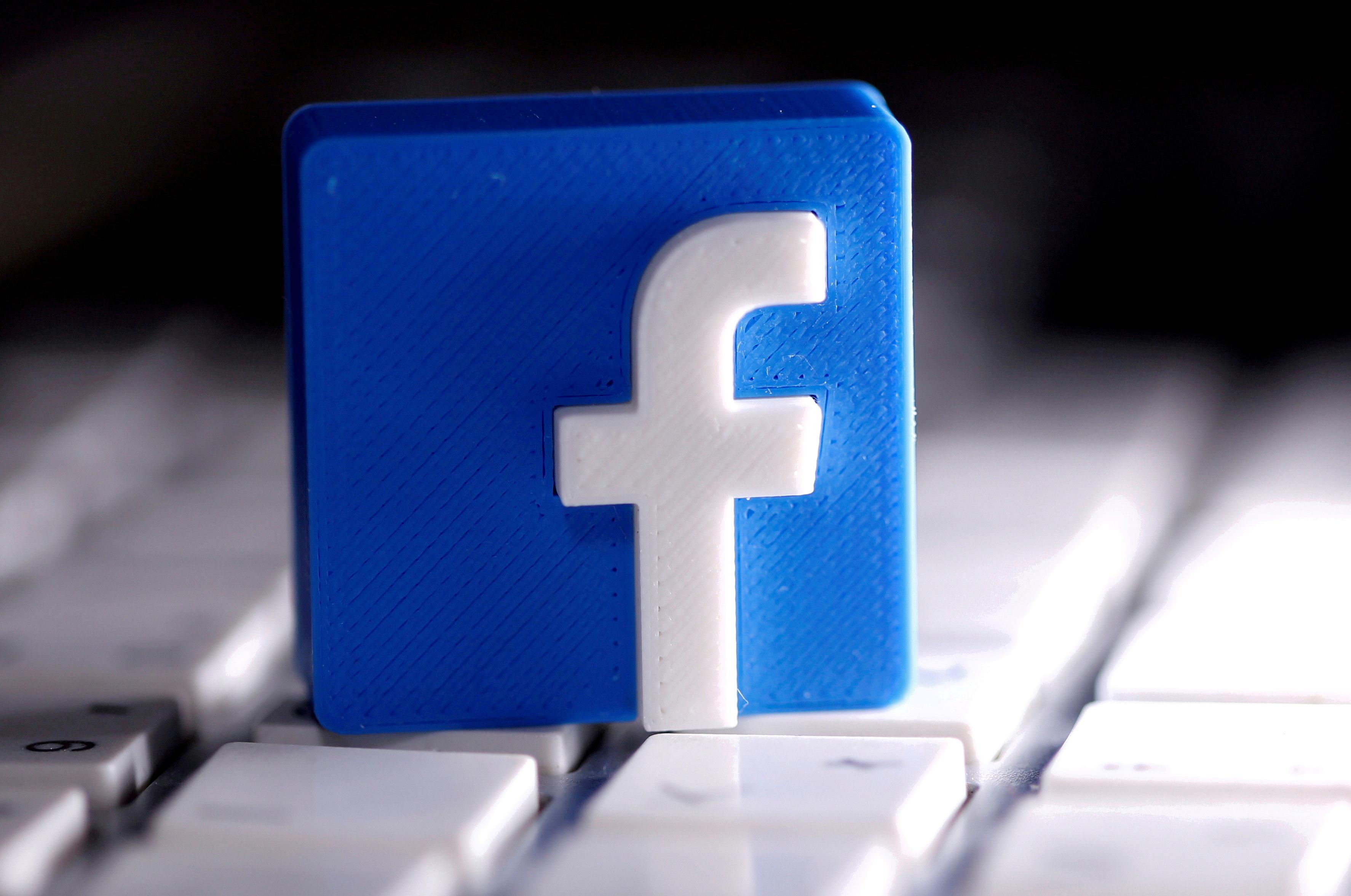
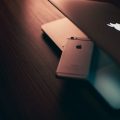
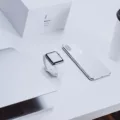
Great amazing things here. I am very happy to see your post. Thank you a lot and i am looking forward to contact you. Will you kindly drop me a mail?